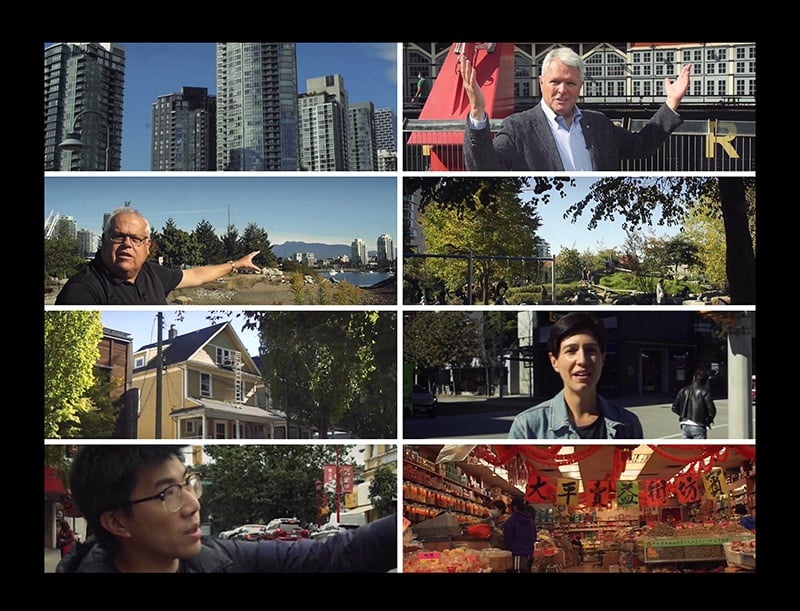As a reporter who loves writing stories about the city, I was recently asked to give my first-ever tour of a Vancouver neighbourhood.
What better place to explore than a beloved local NORC?
(Rhymes with pork. More on that later.)
The invite came from the Council for Canadian Urbanism, also known as CanU, which has taken its Vancouver conference virtual this year. Because no urbanism conference is complete without a sampling of city streets, the tours are virtual too.
CanU offered four video tours this year, two of the city’s oldest areas and two of its newest. You can watch them all here:
Downtown South
Downtown South was led by Larry Beasley, the planning co-chief who helped reshape the old Yaletown rail yard into an urban community for everyone from kids to seals. Vancouver had been called an “unspectacular city in a spectacular setting” until the city builders of Beasley’s era got to work.
Beasley would go on to write Vancouverism, a book on the urban design principles that professionals from around the world look to the city for.
Olympic Village
Olympic Village was led by Scot Hein, who was Vancouver’s senior urban designer before going on to teach at UBC. The city wanted the new neighbourhood to be a model of sustainability and was in a race against time to complete it for the 2010 winter games.
Mount Pleasant
Mount Pleasant was led by Alicia Medina, an architect who opened a brewery in the neighbourhood called Faculty. Mount Pleasant is a mishmash of houses from the turn of the 20th century, buildings from post-war industry and the latest wave of breweries and tech offices. An eclectic mix, with pressure as new comes to head with the old.
Chinatown
And here’s me!
Now, it’s easy to get lost in the aesthetics of the area, from the old buildings to the red lampposts, much of which is tourist-facing chinoiserie, what geographers call an “imagined western version of Chinese difference.” You could do a tour just on this.
But what I believe visitors miss is the view of Chinatown as an actual neighbourhood, not just a museum.
In its early decades over a century ago, it was a welcoming place for immigrants looking for work and community amid exclusion. Anyone who lives in a city with a Chinatown will know this.
However, what gets missed is that the layouts of old Chinatowns — pedestrian-friendly streets, small storefronts, lots of bachelor housing — are a perfect fit for its modern residents: seniors.
For low-income immigrant seniors who want to live independently, and might not know much English, the neighbourhood offers the comfort of a community steeped in a familiar culture. All the friends, shops and services they need are just a walk away.
And that’s what a NORC is: a naturally occurring retirement community.
Tag along on the tour to experience the NORC for yourself.
Of course, the big g-word can’t be ignored when talking about Vancouver’s Chinatown. Fighting gentrification conjures up ideas of being anti-condo or anti-coffee shop, which are a bit simplistic. Instead, I point out how change is eroding qualities of the NORC that make it special, from food security to good urban design.
Heritage in Chinatown is more than a nice balcony. Heritage can also be a century-old legacy of giving people an inclusive community to live in. ![]()
Read more: Municipal Politics, Urban Planning + Architecture
















Tyee Commenting Guidelines
Comments that violate guidelines risk being deleted, and violations may result in a temporary or permanent user ban. Maintain the spirit of good conversation to stay in the discussion.
*Please note The Tyee is not a forum for spreading misinformation about COVID-19, denying its existence or minimizing its risk to public health.
Do:
Do not: